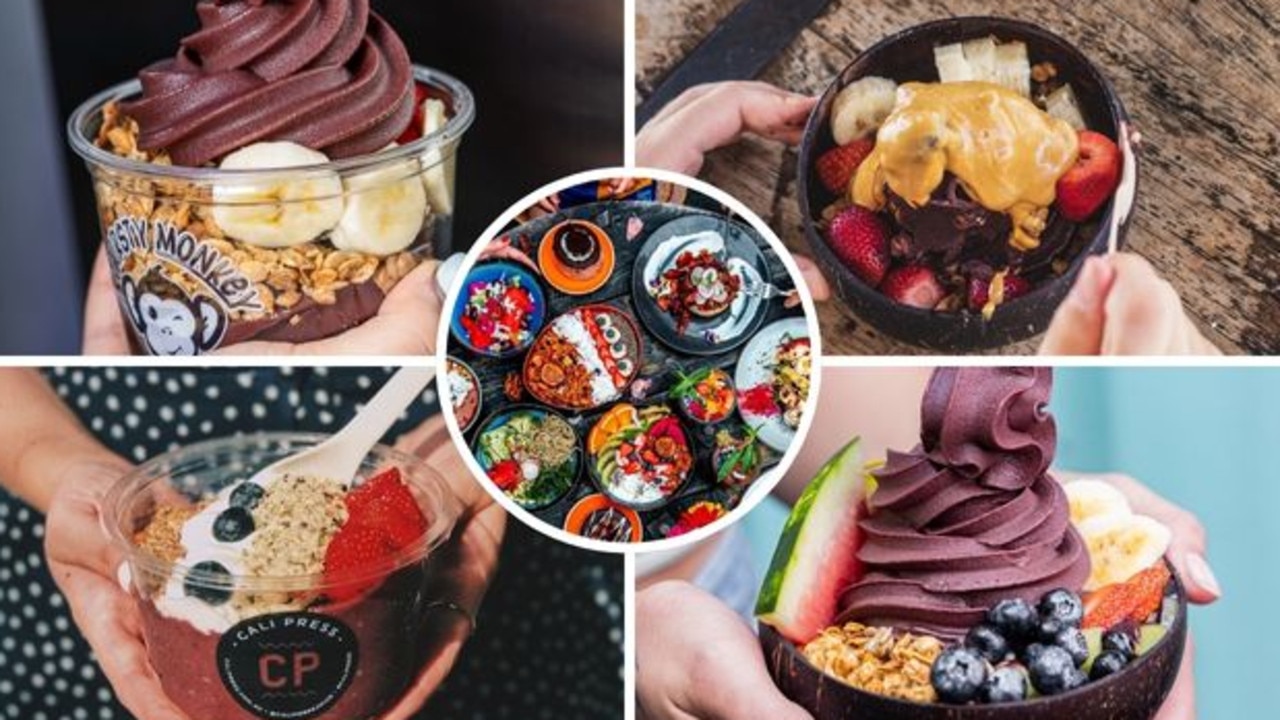How to make coffee
Have you mastered a macchiato or perfected the plunger? If not, it's never too latte to make a cracking-good coffee.

Have you mastered a macchiato or perfected the plunger? If not, it's never too latte to make a cracking-good coffee.
However, a caffeine habit can be costly, so one way to save dollars is to learn to make your own mugachinos. But before you say goodbye to your favourite barista, follow these basic tips to ensure quality coffee at home.
Use your beans
The key to great coffee is fresh beans. Once opened, whole beans stay fresh for around two weeks, while ground coffee only lasts seven to 10 days. Because of the relatively short shelf-life, avoid buying coffee in bulk (unless you’re a heavy coffee drinker) and only buy enough to last a week.
Super tip: You can tell coffee is stale if it has a slightly fruity smell instead of an earthy, roasted aroma, and if it doesn’t produce a good crèma (the tan-coloured froth on the coffee’s surface).
Ground rules
Coffee beans need to be ground differently for plungers, percolators, drip filters and espresso machines. Basically, the more time the coffee stays in contact with water, the coarser the grind needs to be. Espresso machines need a fine grind (think beach sand), as water is pumped through it very quickly. Drip filter machines need a medium-fine grind, while percolators work best with medium grind (think table salt). Plungers need a coarse grind (think sugar), which also stops any sediment from clouding your brew after you push down the plunger. Pre-ground coffee usually has symbols on the packaging to indicate which coffee-making method should be used. If grinding your own beans, refer to the instructions that came with your grinder.
Super tip: Store coffee in an airtight glass container in a cool, dark place. Contrary to popular belief, there’s no need to store it in the fridge or freezer – this can affect the taste.
Made to measure
Some people like their coffee to slap them in the face, while others want it weaker than the elastic on a pair of 10-year-old socks. If you’re in the latter group, it’s best not to reduce the amount of coffee grounds recommended as this can result in over-extraction (when too much water passes through the coffee, releasing its bitter flavours). Instead, make drip filter or percolator coffee as normal, then dilute it with a little hot water from your kettle. Espresso machines can also be stopped mid-shot so you only get 15ml to 20ml of coffee instead of the full 30ml.
If you prefer strong coffee, choose stronger-flavoured beans (such as dark roasted), use less water in your percolator or drip filter machine, or extract two shots of espresso instead of one into your cup.
Plunger coffee is the only method that stands up to manipulating the amount of coffee you use. If you want it strong, add an extra spoonful and/or increase the recommended standing time (see below). If you want it weaker, reduce the amount of coffee and the standing time.
Super tip: Topping up your near-empty plunger or reusing the coffee grounds in your espresso machine won’t save money; it will just release the bitter compounds that are left in the beans after all the good stuff has been extracted.
Feel the heat
There’s nothing worse than a lukewarm latte, so espresso machine owners would be wise to use a thermometer to ensure milk reaches the right temperature (65°C to 70°C) when frothing. You can buy them for around $10 at kitchenware and homeware stores.
On the other hand, too much heat can ruin plunger coffee, so let the kettle stand for one minute after boiling before your pour it into the jug. And while the temperature of percolator and drip filter coffee is generally self-controlled, all types of coffee will stay hotter if you prewarm your cup and other equipment (such as the glass plunger jug) with hot water.
Super tip: To froth milk like an expert, half-fill the jug and hold the steam wand steady just below the surface of the milk so it creates lots of fine, creamy bubbles. Avoid pumping the jug up and down, as this just creates big bubbles that don’t last.
The basics
How much coffee?
Plunger: 7g (1 tablespoon) per cup.
Espresso machine: 6g to 7g per shot or use the supplied filter basket and tamp down firmly so the level is just below the rim.
Percolator: Fill the top filter basket to the rim and press down lightly with the back of a spoon.
Drip Filter: 7g to 10g per cup or use the supplied measuring spoon.
How much water?
Plunger: 180ml per cup or to the cup level indicated on the jug.
Espresso machine: 30ml per shot or use the preset button on your machine.
Percolator: Fill the bottom section to the level indicated (just below the pressure valve).
Drip Filter: 180ml per cup or to the cup level indicated on the tank.
Super tip
Plunger: Coffee should be ready to ‘plunge’ in 4 minutes. For stronger or weaker coffee, increase or reduce the standing time.
Espresso machine: Clean the machine well afterwards as old coffee grounds can emit bitter flavours the next time you use it.
Percolator: Remove from the stove as soon as the hissing stops or your coffee will burn.
Drip Filter: Don’t let your coffee sit on the hotplate too long or it will become bitter.
Originally published as How to make coffee


